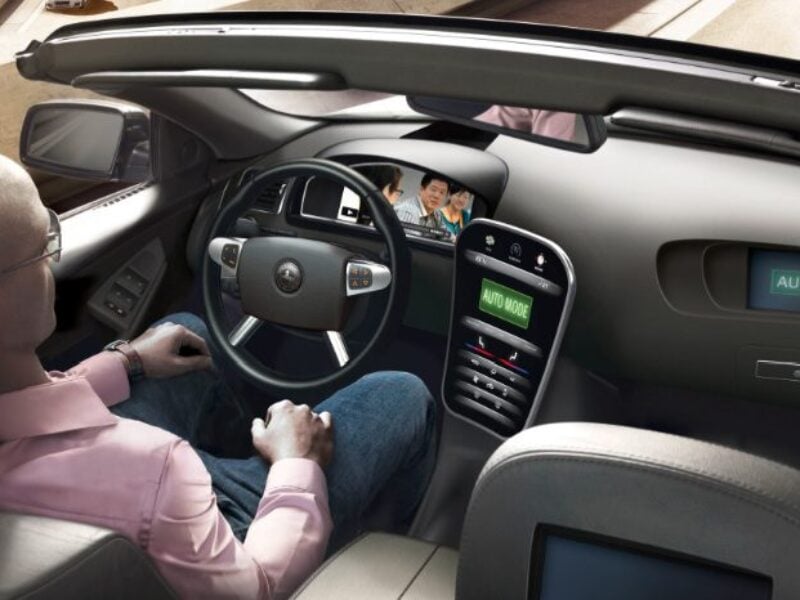
According to Matschi, it is necessary that a vehicle anticipates which information a driver needs in any driving situation. According to these expectations to the vehicle’s user interface in the future, Continental has sketched its approach to resolve the challenges regarding the Human-Machine Interface at the congress. Besides an overall increasing number of functions in the car, HMI concepts have to take future trends into account, such as the different shades of automated driving. New automated driving functions require to "think further with respect to the dialogue between humans and machines, said Matschi who heads Continental’s Interior Division. "The evolution of driver assistance to automated driving results in new tasks and challenges for the HMI".
The consequence of this evolution will be that a static automotive HMI with dashboard instruments and control elements will be changed to a dynamic, holistic GMI. The control elements and displays will have to adapt to the respective diving situation, Matschi said. This refers in particular to phases when normal, driver-controlled driving changes over to automated driving and vice versa.
In the implementation of this holistic control concept, interior cameras play an important role because they represent the missing link in the information flow between driver, environment and vehicle: While it is important that automated driving functions can be activated very easily and smoothly, it is also necessary that the handover back to the driver must be done in an intuitive way. It is important that in this phase the driver’s attention is focused on the handover – a difficult requirement giving the fact that during automated driving the driver is not necessarily paying attention to driving. "In such a situation the HMI must be adapt to the driver, not the other way around", Matschi said. "The car must be able to identify the driver’s status and act accordingly."
Interior cameras can measure the driver’s head position as well as his line of sight. In a critical situation, signals direct the driver’s attention to where it is needed. Such signals can be generated, for instance, by a line of LEDs in the car’s interior.
With increasing traffic density, the more important it is to filter the information for the driver. In this situation, head-up displays are key elements. Today, HUDs already adapt their content to the driving situation. The deployment of the Digital Micromirror Device (DMD) technology in next-gen HUDs will enable an even more flexible display content. This concept will be continued and further developed to an Augmented Reality HUD, Matschi said. This technology will allow to superimpose optical information into the real view of the road since the HUD display area will extend to the driver’s direct view of sight.
 If you enjoyed this article, you will like the following ones: don't miss them by subscribing to :
eeNews on Google News
If you enjoyed this article, you will like the following ones: don't miss them by subscribing to :
eeNews on Google News





